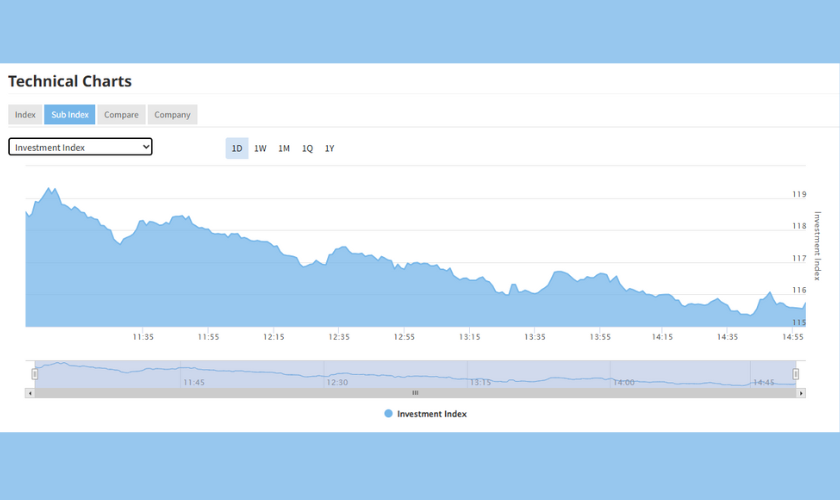While former Managing Director of the Nepal Electricity Authority (NEA), Kulman Ghising, had asserted that the NEA had transformed into a profit-making institution, the new leadership claims the state-run utility is still incurring losses.
The government recently replaced Ghising with Hitendra Dev Shakya amid growing tensions over NEA’s finances. Following the leadership change, the Authority has prepared a white paper, which is yet to be made public, stating that NEA has suffered a cumulative loss of Rs 5.26 billion. The white paper was approved during a Board of Directors meeting chaired by Minister for Energy, Water Resources, and Irrigation Deepak Khadka.
According to the white paper obtained by New Business Age, NEA had earned an accumulated profit of Rs 46.47 billion up to Fiscal Year 2023/24 (2080/81) and had generated a profit of Rs 9.48 billion by mid-March of the current fiscal year. However, when adjusting for tax provisions, depreciation, and previous losses as per the Income Tax Act over the past 12 years, the document claims the Authority is still in the red by Rs 5.26 billion.
Ghising disputes this interpretation, arguing that the tax audits are incomplete and should not be the basis for financial conclusions. “The audit by the Office of the Auditor General is conducted under the Nepal Financial Reporting Standards (NFRS), which determines depreciation. But tax audits are separate. The real profit, as reflected in NEA’s balance sheet, is Rs 46 billion,” he told New Business Age . He added that tax audits have only been finalized up to Fiscal Year 2018/19 (2075/76), while NEA has already deposited Rs 11 billion in advance taxes, which will later be adjusted.
The controversy centers on unpaid dues from industries using dedicated feeders and trunk lines. As of mid-March 2025, NEA’s total arrears stood at Rs 44.54 billion, of which Rs 23.44 billion is from these special electricity lines. Additionally, Rs 14.10 billion is pending reimbursement from the government for subsidies provided under headings such as COVID-19 exemptions and support to humidity control centers. In total, Rs 32.5 billion in dues remain uncertain, while Rs 12.49 billion is classified as regular arrears. The white paper claims that although these arrears have been listed as income, their collection is not guaranteed.
Ghising, however, insisted that these dues are legitimate income and will be recovered. He accused the government of deliberately obstructing the collection process to question NEA’s profitability. “Is it appropriate for the same government that blocks arrear collection to question NEA’s profitability?” he asked, adding, “The government prepares its budget based on NEA’s revenue estimates and foreign grants. It cannot deny NEA’s financial health while relying on its income.”
The white paper also claims that due to uncertainty in recovering arrears, NEA has been compelled to take short-term loans. For the fiscal year 2024/25 (2081/82), NEA projected an income of Rs 199.2 billion against an approved budget of Rs 228.77 billion. The gap of Rs 29.75 billion arises because the budget includes dues from the government and industries that have yet to be realized and are not recorded in the official red book.
The authority admitted it is facing a cash crisis due to ongoing construction projects surpassing available financial resources. It has initiated the process of obtaining short-term loans of up to Rs 10 billion to address the shortfall.
Ghising criticized this position, arguing that it is illogical to declare the resources as uncertain while the government actively blocks the collection process. “This clearly shows I was removed so that the NEA would not collect the arrears,” he said.












